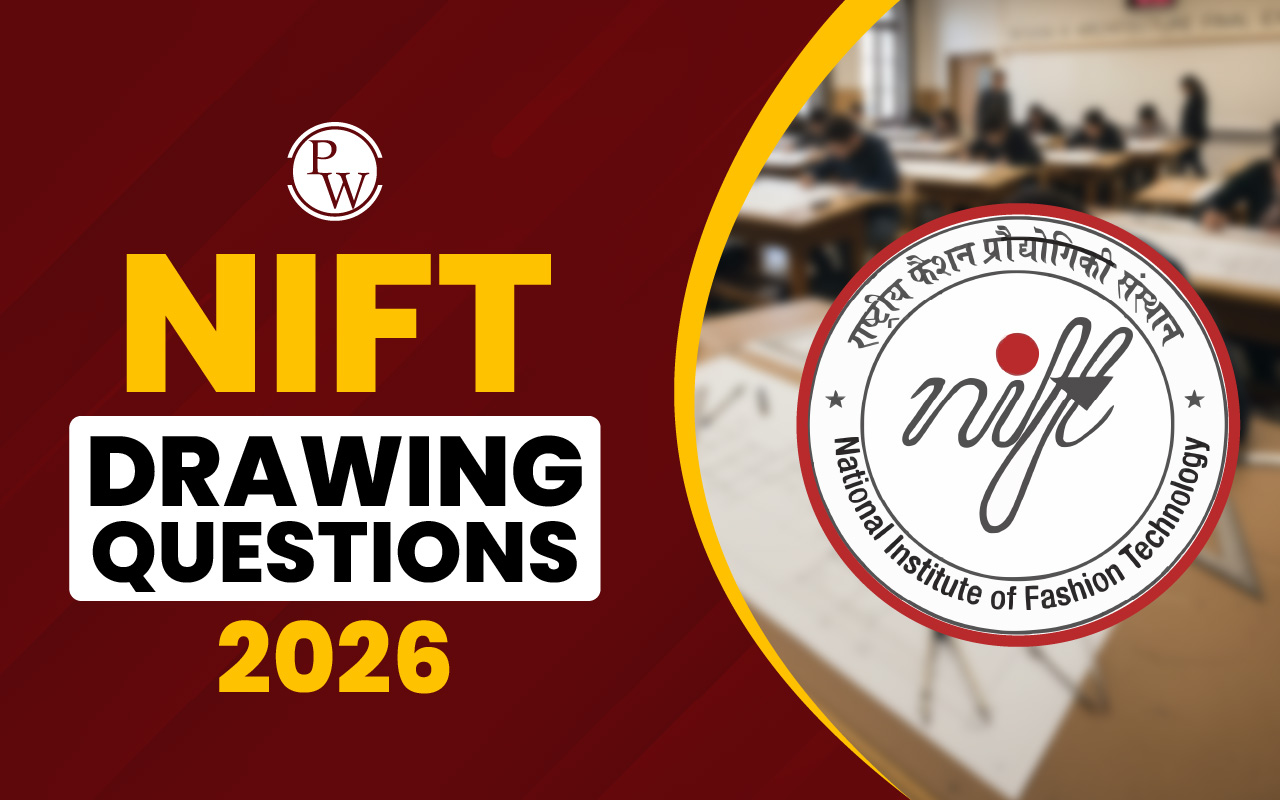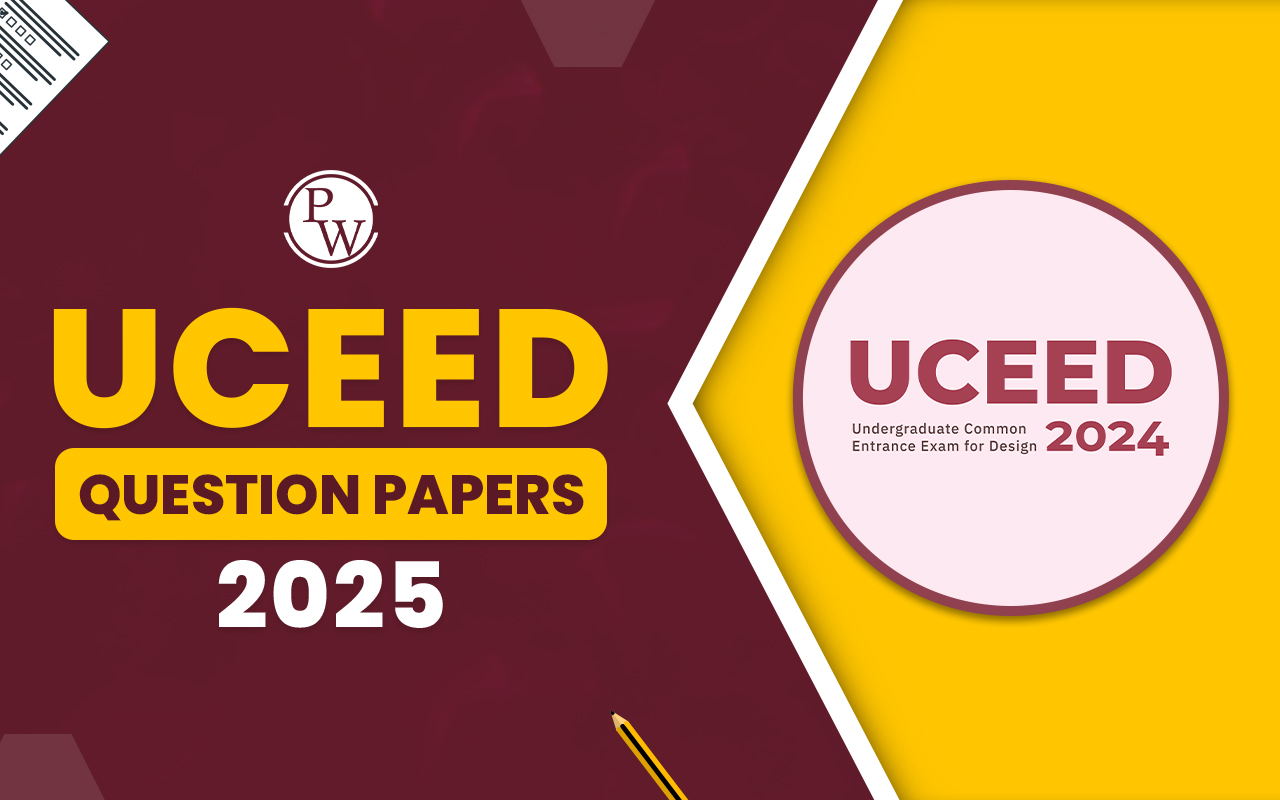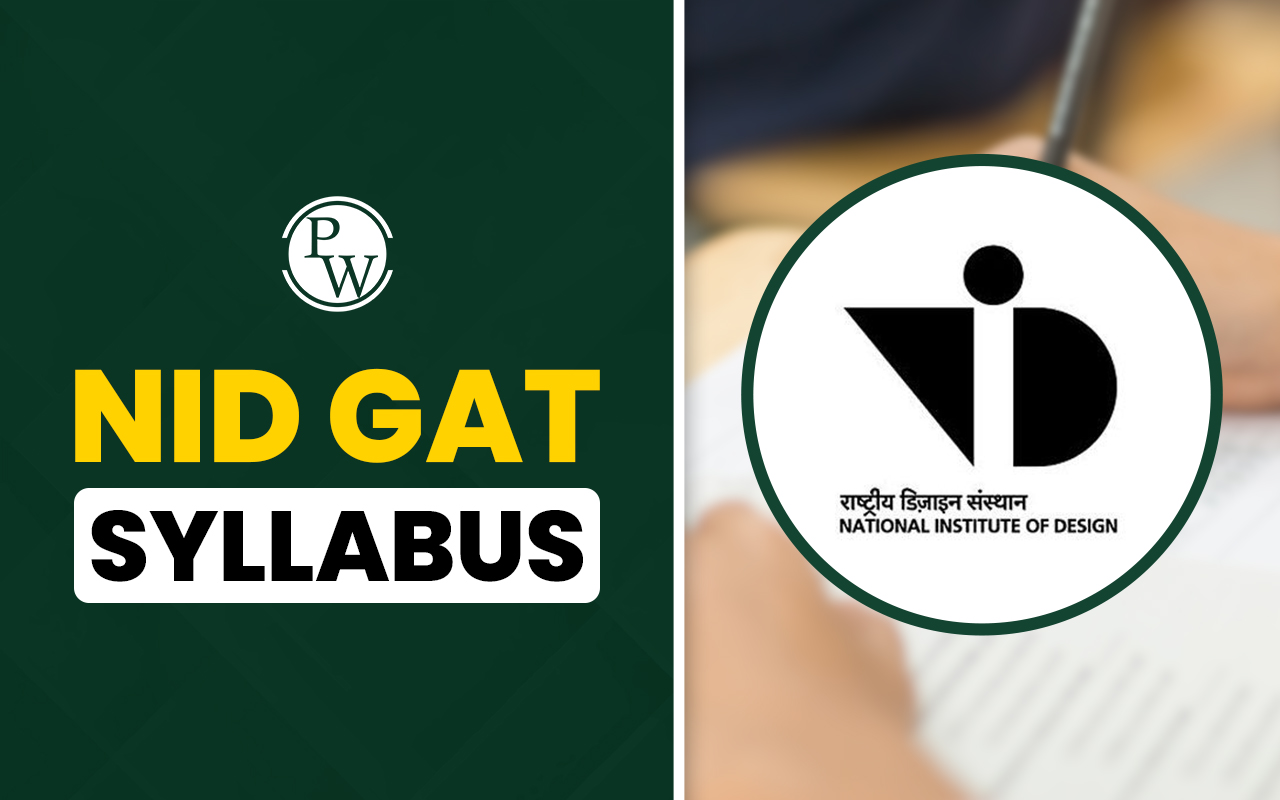
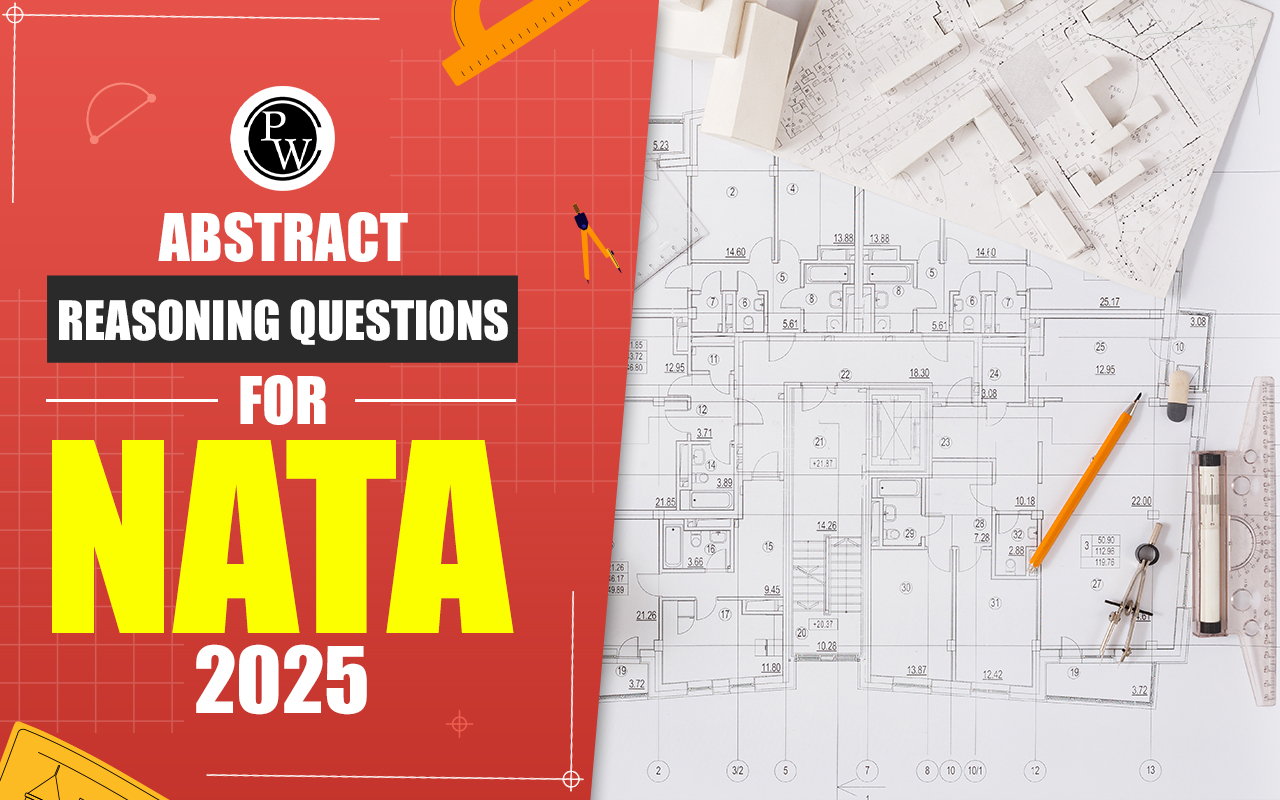
Abstract Reasoning Questions for NATA 2025: NATA stands out as one of India's most demanding architecture entrance exams, leaving many contemplating how to succeed on their initial attempt. The 2025 NATA Exam pattern introduces Abstract Reasoning questions to evaluate general knowledge and adaptability. This article guides you through Abstract Reasoning concepts for NATA, covering question types, practice materials, and additional insights.
What are Abstract Reasoning Questions in NATA?
Abstract Reasoning Questions in NATA assess general intelligence, evaluating your capacity to discern and deduce relationships without relying on language or math. Designed to challenge applicants, these questions in the NATA Exam feature tight time constraints and progressively tougher queries. Presented through diagrams, symbols, or shapes, they require identifying and grasping the underlying pattern logic. Abstract reasoning questions in NATA typically entail the repetition or alteration of the following elements:- Shape
- Size
- Color
- Pattern
Steps to Prepare for NATA Abstract reasoning questions 2025
Reasoning plays a vital role in the NATA Exam Pattern. Here are some straightforward tips to elevate your NATA preparation and excel in the abstract reasoning section:- Regularly take NATA Mock Tests to assess strengths and weaknesses, focusing on improving weaker areas.
- Approach learning as a game by practicing pictorial riddles for an enjoyable experience.
- Practice a multitude of questions from past years' papers to enhance proficiency.
Important Abstract Reasoning Questions for NATA 2025
Q1.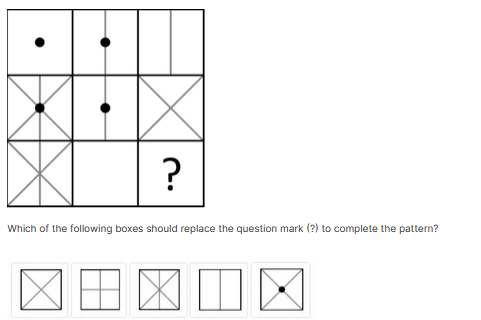 Q2.
Q2.
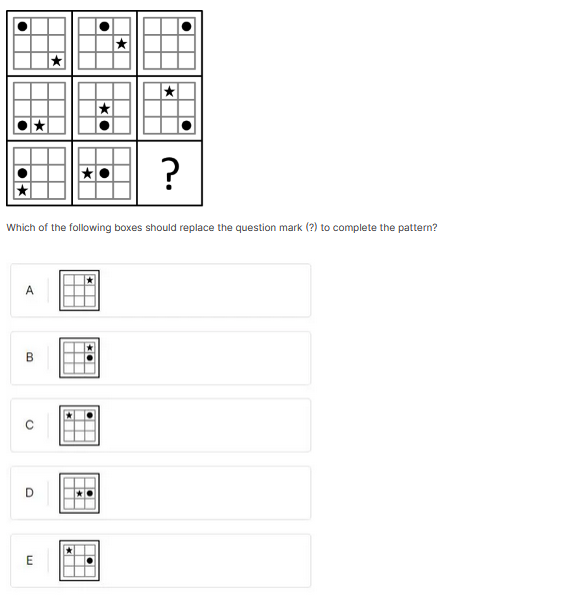 Q3.
Q3.
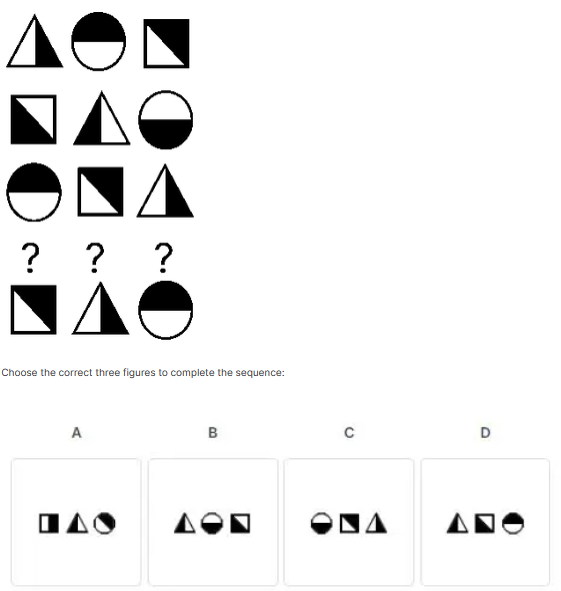 Q4.
Q4.
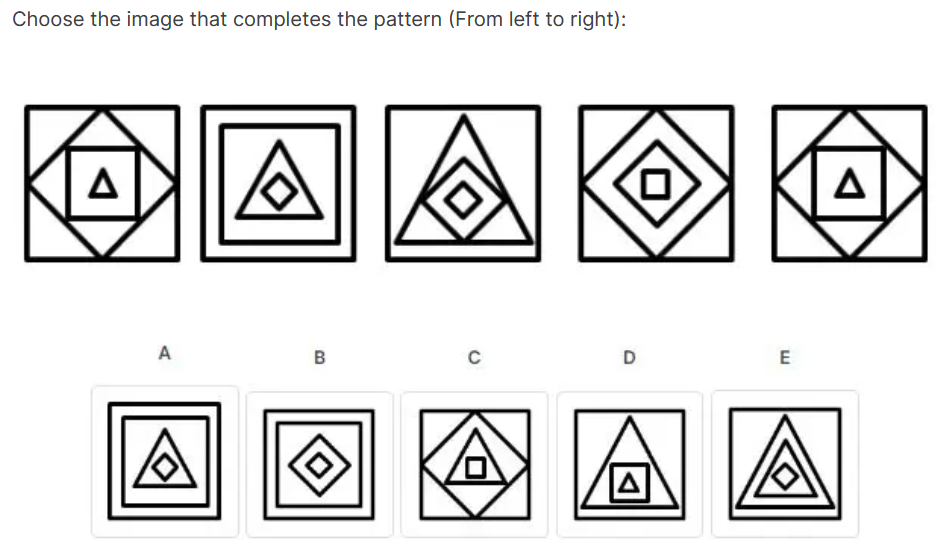 Q5.
Q5.
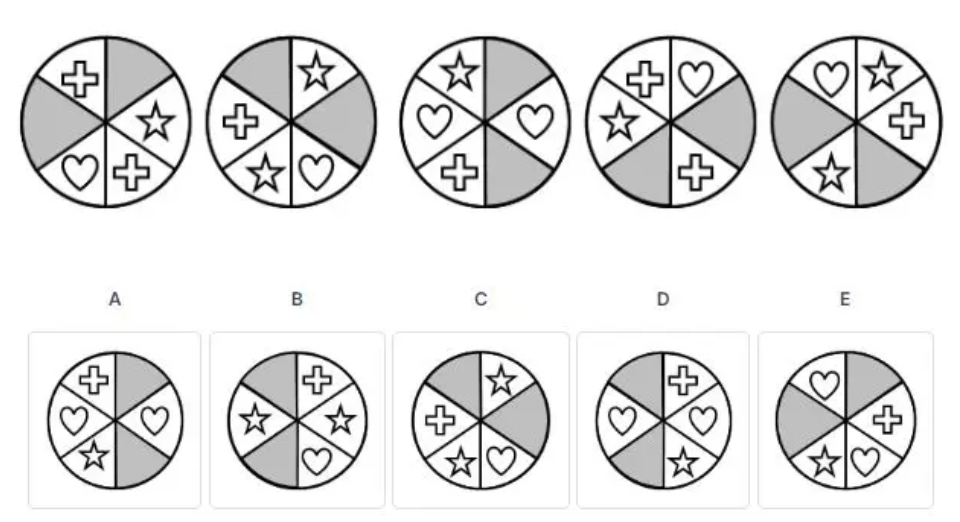
Abstract Reasoning Questions for NATA 2025 FAQs
What do Abstract Reasoning Questions assess in NATA?
General intelligence and pattern recognition without reliance on language or math.
What elements do Abstract Reasoning Questions typically involve?
Shape, size, color, and pattern.
How can candidates prepare for NATA Abstract Reasoning Questions?
Regularly take mock tests, practice pictorial riddles, and solve past years' papers.
What role do Abstract Reasoning Questions play in the NATA Exam?
They evaluate cognitive abilities and aptitude for architectural studies.
What strategies can enhance success in Abstract Reasoning Questions?
Understand patterns, practice regularly, develop visual thinking, manage time efficiently, review and seek guidance.
Talk to a counsellorHave doubts? Our support team will be happy to assist you!

Check out these Related Articles
Free Learning Resources
PW Books
Notes (Class 10-12)
PW Study Materials
Notes (Class 6-9)
Ncert Solutions
Govt Exams
Class 6th to 12th Online Courses
Govt Job Exams Courses
UPSC Coaching
Defence Exam Coaching
Gate Exam Coaching
Other Exams
Know about Physics Wallah
Physics Wallah is an Indian edtech platform that provides accessible & comprehensive learning experiences to students from Class 6th to postgraduate level. We also provide extensive NCERT solutions, sample paper, NEET, JEE Mains, BITSAT previous year papers & more such resources to students. Physics Wallah also caters to over 3.5 million registered students and over 78 lakh+ Youtube subscribers with 4.8 rating on its app.
We Stand Out because
We provide students with intensive courses with India’s qualified & experienced faculties & mentors. PW strives to make the learning experience comprehensive and accessible for students of all sections of society. We believe in empowering every single student who couldn't dream of a good career in engineering and medical field earlier.
Our Key Focus Areas
Physics Wallah's main focus is to make the learning experience as economical as possible for all students. With our affordable courses like Lakshya, Udaan and Arjuna and many others, we have been able to provide a platform for lakhs of aspirants. From providing Chemistry, Maths, Physics formula to giving e-books of eminent authors like RD Sharma, RS Aggarwal and Lakhmir Singh, PW focuses on every single student's need for preparation.
What Makes Us Different
Physics Wallah strives to develop a comprehensive pedagogical structure for students, where they get a state-of-the-art learning experience with study material and resources. Apart from catering students preparing for JEE Mains and NEET, PW also provides study material for each state board like Uttar Pradesh, Bihar, and others
Copyright © 2025 Physicswallah Limited All rights reserved.





